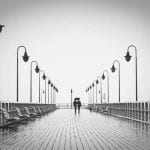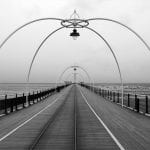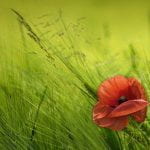Month: August 2022
Online Shadow and Light

Shadow and Light
B/W Shadow and Light
Texture
Online Texture
I chose this image because I think it shows the texture of the dandelion with water drops on it. The Aperture, shutter speed, and ISO were all on the right setting for this photo. I think a bigger depth of field could have looked good, but I also think the depth of field this photographer had is great for this photo.
Even though the background is out of focus, I think the different colour of the blur helps the subject to stand out in the photo, and not disappear into the background. I love how the edges of the dandelion are blurred with the background, and the center is the focus point. The center of the subject, is the focus point, and I think it was a great choice, making it so you can see the little details in each dandelion seed, but slowly the image gets blurry.
20 Things About Exposure
- “Shutter Speed” and “Exposure Time” refer to the same concept.
- Shutter Speed matches up One to One with the light entering the camera
- For certain shots, sometimes motion blur is preferred
- Experimenting with the Shutter Speed is the best way to find out which is the better speed for the shot your taking
- If the photo comes our blurred but was properly focused, then you’d have to increase the shutter speed or use a stand
- “Stopping down” and “opening up” is referring to the f-stop value increasing and decreasing
- The aperture settings control the focus area of the photo
- The higher the f-stop the sharper the image
- The lower the f-stop the blurrier the image
- ISO speed matches up One to One with the increasing or decreasing exposure
- Higher ISO means “noisier” photos
- ISO speed ranging 50-200 overall has lower image noise
- Most cameras have different exposure modes
- In Program mode the camera auto selects the shutter speed and aperture
- Bulb mode is useful for longer exposure times
- Most cameras also have Preset modes
- In Portrait mode, the camera tries to pick the lowest f-stop value for the light exposure
- In Landscape mode, the camera tries to pick a higher f-stop value for a larger depth of field
- Sports/Action mode is preset for a faster shutter speed
- Some other camera modes, are unrelated to exposure


















